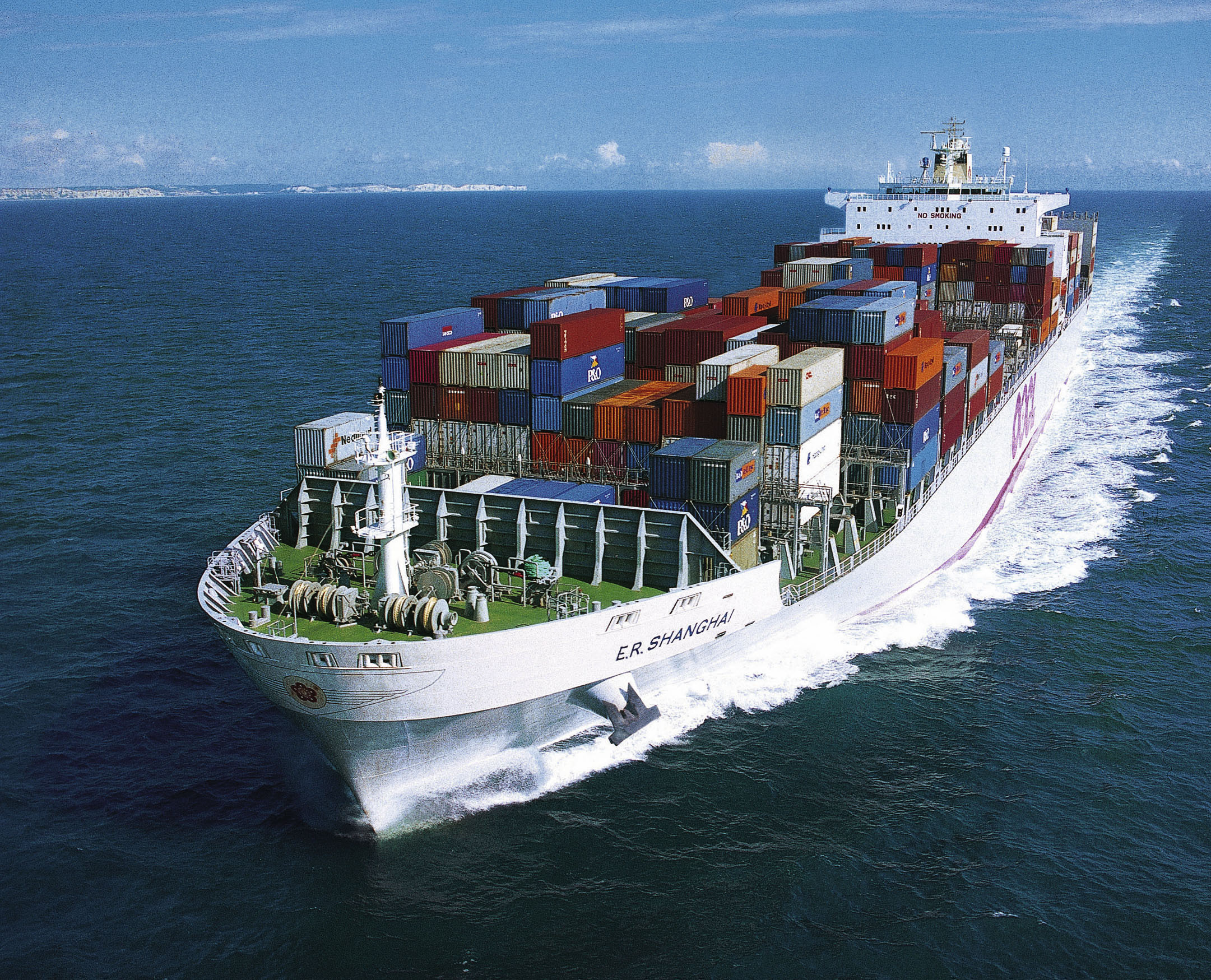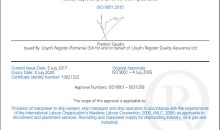The ship crew
Seafarers hold a wide range of professions and ranks, and each of these roles carries unique and tremendous important responsibilities which are integral to the successful operation of a vessel. A ship’s bridge, with its sophisticated technical equipment, requires skills differing from those used on the deck, which houses all the berthing and cargo gear, which requires skills different from those used in a ship’s engine room, and so on.
A ship crew has a very clear structure, where every position has its responsibilities in the crew hierarchy and in the ship departments. A ship’s crew can generally be divided into four main categories: the deck department, the engineering department, the steward’s department, and other.
You can study and train to become a deck member starting as Ordinary Seaman, Able Seaman, Boatswain, Third Officer/Third Mate, Second Officer/Second Mate up to Chief Officer/Chief Mate or for the engine room as Engineering Cadet, Fourth Engineer/Third Assistant Engineer, Third Engineer/Second Assistant Engineer, Second Engineer/First Assistant Engineer, up to Chief Engineer.
The engine and bridge work is completely different from each other and requires highly skilled personal for the duties in these areas.
The most important person and the highest responsible officer on the ship is the Captain. He is responsible for the crew, for the day to day affairs of the ship and its cargo, and responsible for loading and offloading the cargo in every port as it is intended, acting on behalf of the ship’s owner.
The crew structure on the ship requires the Captain to provide orders to the First Officer who is the head of the deck department on a merchant vessel, second-in-command after the ship’s master or First Engineer who oversees the engine department, responsible for all operations and maintenance that have to do with all engineering equipment throughout the ship.
The bridge and the engine departments have several Officers or Engineers that share the responsibility between them. The Officers and Engineers are sustained by a massive work force. All these seamen are employed to carry out all types of tasks consisting of lookout, oiling the engine, repairing or painting as well as loading/offloading cargo and supplies and mooring the ship. The seamen’ welfare is extremely important, taking into consideration the nutrition part, that is the reason that only the Captain is permitted to instruct the Chef on ship regarding his highly responsible task as good food equals a content and healthy worker.
The well-being on board
The health and welfare of the crew is vital to the safety of the ship and its cargo. The crew members have to undergo medical checks on regular bases to verify their health status. These medical checks are internationally regulated and mandatory while others are compulsory (Alcohol Test). There cases where some shipping companies require its employees to undergo specific tests such as a Drug Test or HIV Test before joining the ship.
The working schedule
The working schedule on a ship provides each officer a working day of 8 hours and resting time of 16 hours. This is common on container ships, which travel long distances. On smaller ships the watch time might increase to 12 hours on duty and 12 hours off duty due to the high work intensity in harbors. In harbors it is common that all crew members are on duty due to loading and unloading cargo, refilling heavy fuel, engine maintenance and dealing with local agents and regulation systems.
The day-to-day communication
The communication on board is essential. In the past it was common fact that most of the crew were from one country, without the language barrier. In present time things have changed and it has become a practice to have different nationalities on a ship.
There are international regulations regarding the ship crew, one of which is SOLAS (Safety of Life at Sea) which states that all crew members have to have one common language due to safety reasons. For security reasons, for example, during an emergency all crew members have to immediately understand the instructions. Of course English is the Lingua Franca of the world but if all crew members share another common language such as French, they would comply with this rule.
Working on any position on board ship, sailing the seas and oceans of the world takes a lot of work, responsibilities, years spent off shore, away from the love ones but also incredible high wages, the chance to see the world and the fastest way to advance in a career full of adventure.









Leave a Comment